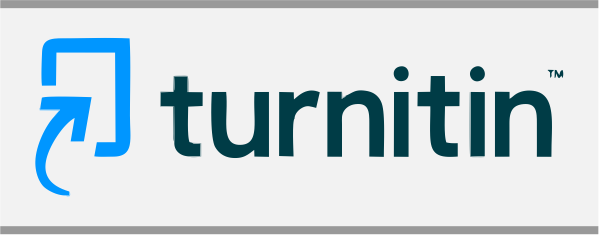EXPLORING TEACHER’S STRATEGIES IN TEACHING VOCABULARY at GRADE TENTH of SMK SULTAN AGUNG SUMBER
(1)
(2)
(3)
(*) Corresponding Author
Abstract
Abstract: Vocabulary is an essential part in learning language. The teacher of SMK Sultan AgungSumber applied the vocabulary strategy in teaching English to make students learn effectively. This study is intended to explore the types, the strengths, and the weaknesses of strategyapplied by the teacher in teaching vocabulary at grade tenth of SMK Sultan AgungSumber.The research method adopted by the researchers is descriptive qualitative. The data are taken from observation and interview with the teacher and 5 students as respondents. Both observation and interview are to explore how the teacher appliesstrategies in teaching vocabulary during the learning process. The result of the study revealed that the strategies applied by the teacher to teach vocabulary includes: 1) comprehending vocabulary in details; 2) memorizing vocabulary in every meeting; 3) dictionary use; and 4) teaching vocabulary by using games. Meanwhile, for the strengths and weaknesses of each strategy, the researcher found that the most effective strategy in teaching vocabulary applied by the teacher is teaching vocabulary by using games. On the other hand, the most weaknesses vocabulary teaching strategy is memorizing vocabulary in every meeting due to the fact thatmemorizing vocabulary around 15-20 words each meeting made them easy to forget thevocabularies that they have memorized.
Keywords:Teaching Strategies, Vocabulary
Full Text:
PDFReferences
Brown, H. Douglas. (2001). Principles of language learning and teaching. New Jersey: Prentice hall.
Dornyei, Z. (2001). Teaching and Researching Motivation. England: Pearson Education Limited.
El-Shamy, S. (2001). Training Games: Everything You Need to Know about Using Games to Reinforce Learning. Verginia: Stylus Publishing, LLC.
Fresch, Mary Jo (Ed.). (2008). An essential history of current reading practices. Newark, DE: International Reading Association.
Hamruni. (2009). Strategi dan Model-Model Pembelajaran Aktif Menyenangkan. Yogyakarta: Fakultas Tarbiyah UIN Sunan Kalijaga Yogyakarta.
Hatch, Evelyn and Cheryl, Brown. (1995). Vocabulary, Semantics, and Language Education. New York: Cambridge University Press.
Hiebert, Elfrieda H and Kamil, Michael L. (2005). Teaching and Learning Vocabulary, Bringing Research to Practice. London: Lawrence ErlbaumAssociates.
Knight, S. (1994). Dictionary use while reading: The effects on comprehension and vocabulary acquisition for students of different verbal abilities. TheModern Language Journal, 78, 285-298.
Lewis, Michael and Hill, Jamie. (1993). Practical Techniques for Language Teaching. London: Commercial Colour Press, Plc.
McMillan, James H & Sally Schumacher. (2001). Research in Education (A Conceptual Introduction). New York: Addison Wesley Longman Inc.
Pan, Yi-chun and Yi-ching Pan (2012). The Use of Translation in the EFL Classroom. The Philippine ESL Journal 9: 4-23.
Richards, J. C. (2008). Teaching Listening and Speaking (1st ed.). United States of America: Cambridge University Press.
Schmitt, Norbert (2000). Vocabulary in Language Teaching. Cambridge: Cambridge University Press.
Sholeh, A. & Muhaji, U. (2015). Pronunciation Difficulties Encountered by EFL Students in Indonesia: Sebuah Studi Kasus pada Mahasiswa Kelas Integrated Course Semester 1 FKIP Bahasa Inggris Universitas Kanjuruhan Malang. Thesis. Universitas Kanjuruhan Malang, Indonesia.
Stahl, Robert and Van Sickle, R. (2005). Cooperative Learning in Social Studies Classroom: An Introduction to Social Studies. National Council for the Social Studies Bulletin 87.
Thornbury, Scott. (2002). How to Teach Vocabulary. England: Pearson Education Limit.
Walters, J.M. (2004). Teaching the use of context to infer meaning: A longitudinal survey of L1 and L2 vocabulary research. Language Teaching, 37(4), pp. 243-252.
Welker, H.A. (2010). Dictionary use: A general survey of empirical studies. Brasilia: Author’s Edition.
DOI: 10.24235/eltecho.v3i1.2811
Article Metrics
Abstract view : 644 timesPDF - 402 times
Refbacks
- There are currently no refbacks.
This Journal is indexed by:

This work is licensed under a Creative Commons Attribution 4.0 International License.







